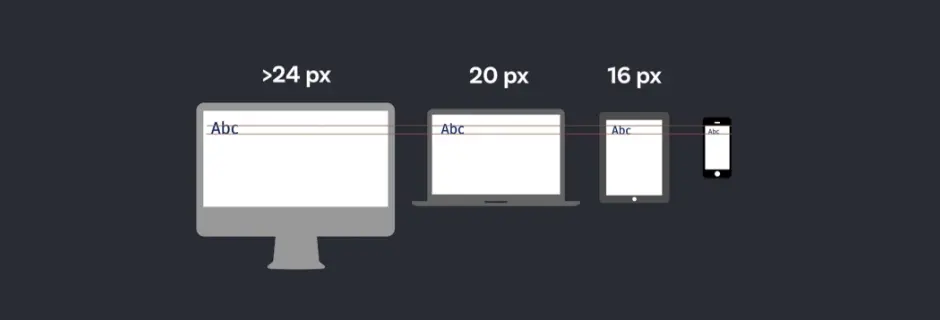WordPress, acknowledged as the web’s favorite content management system (CMS), is renowned for its user-friendly interface and a vast range of themes and plugins. Its open-source nature offers limitless flexibility, accommodating diverse needs and technical expertise.
However, the popularity of WordPress comes with a significant challenge – an alarming annual count of 10,950,000 hacked websites, with 4,708,500 belonging to small businesses. The sheer number of WordPress sites makes them enticing targets for hackers, scammers, and malicious entities, who exploit even minor vulnerabilities for potential gain.
Given that your website serves as the virtual face of your business, securing it is now more critical than ever, considering the escalating frequency and sophistication of cyber threats. This article focuses on the pivotal aspect of WordPress website security, exploring the detrimental impact of a breached site on the credibility of a business. It delves into the risks associated with poor security practices and underscores the necessity of comprehensive WordPress maintenance to protect your digital footprint.
The Consequences of a Hacked Website
The repercussions of a hacked WordPress site can be severe, affecting both site owners and users. Key consequences include:
- Data Breach and Loss: Hackers may compromise sensitive data, leading to privacy violations and potential legal repercussions.
- Reputation Damage: A security breach can erode trust, causing customers to lose faith in a brand’s ability to protect their information.
- Financial Loss: Downtime, repair costs, legal fees, and fines for data breaches can contribute to significant financial losses.
- Website Downtime: Hacks often lead to downtime, impacting site traffic and sales, particularly for e-commerce sites.
- Search Engine Penalties: Compromised sites may face blacklisting or reduced rankings, resulting in a decline in organic traffic.
- Spread of Malware: Hackers can use compromised sites to distribute malware, harming reputation and potentially infecting user systems.
- Resource Theft: Hackers may misuse server resources for illicit activities, leading to potential suspension of web hosting accounts.
- SEO Spam: Injected spam content or links can negatively impact SEO efforts and rankings.
- Cost of Recovery: Cleaning up a hacked WordPress site can be expensive and time-consuming, necessitating professional assistance in the absence of backups.
Proactive Security Measures
Implementing proactive security measures, including regular backups and staying abreast of WordPress updates, is crucial for risk mitigation. Basic security measures include:
- Keep Software Updated: Regularly update WordPress core, themes, and plugins to patch vulnerabilities.
- Strong Passwords: Use robust, unique passwords and limit user permissions to necessary roles.
- Secure Hosting: Choose a reputable hosting provider with robust security features.
- Security Plugin: Install a trusted security plugin for additional protection.
- Enable HTTPS/SSL: Secure data transfer with an SSL certificate.
- Regular Backups: Back up your site regularly and store backups in a secure off-site location.
- Limit Login Attempts: Implement measures to prevent brute-force attacks.
- Disable File Editing: Prevent unauthorized code modifications through the admin panel.
- Hide WordPress Version: Conceal the WordPress version to deter hackers.
- Monitor and Audit: Regularly check for unusual activity and audit logs for unauthorized access.
Advanced Security Measures
For heightened security, advanced measures can be employed:
- Web Application Firewall (WAF): Block malicious traffic before it reaches your site.
- Two-Factor Authentication (2FA): Add an extra layer of login security.
- Security Scans and Monitoring: Use advanced plugins or services for comprehensive scanning and real-time monitoring.
- Database Security: Enhance database security against SQL injection attacks.
- Secure File Permissions: Set strict file permissions to prevent unauthorized access.
- Content Security Policy (CSP): Prevent XSS attacks by specifying allowed dynamic resources.
- DDoS Protection: Mitigate distributed denial-of-service attacks.
- Regular Security Audits: Conduct thorough audits to identify vulnerabilities.
Dealing with a Security Breach
In case of a breach, swift and methodical action is essential:
- Confirm the Hack: Identify signs of a breach, such as unexpected changes or traffic drops.
- Contact Hosting Provider: Inform your hosting provider for assistance.
- Go Offline Temporarily: Limit access to prevent malware spread.
- Change Passwords: Update all passwords associated with your site.
- Scan for Malware: Use security plugins to scan and remove malware.
- Check User Accounts: Remove unauthorized accounts.
- Restore from Backup: If available, restore a clean backup.
- Update and Clean: Update software and manually check for tampering.
- Check Core Files: Ensure core files match the original WordPress repository.
- Harden Security: Implement robust security measures.
- Notify Users: Inform users of any data breach and recommend password changes.
- Contact Search Engines: Request a review if your site is blacklisted.
- Document Everything: Keep records for future security improvements or legal requirements.
- Seek Professional Help: Enlist professional assistance if needed.
- Monitor Continuously: Stay vigilant for ongoing security.
The Role of Security Audits
Regular security audits are vital for maintaining a secure online presence. Audits include:
- Identify Vulnerabilities: Scan for weaknesses, outdated plugins, weak passwords, and improper permissions.
- Assess Security Measures: Review existing security measures for effectiveness.
- Detect Malicious Code: Scan for hidden malware or unauthorized code.
- Compliance Check: Ensure adherence to security standards and practices.
- Recommendations: Receive detailed reports with security enhancement suggestions.
- Prevent Future Attacks: Strengthen security to reduce the risk of future breaches.
- Enhance User Trust: Build user trust through regular security audits.
- Cost Savings: Proactively address security issues to avoid post-breach expenses.
Conclusion
Securing your WordPress site is an ongoing commitment. By following the outlined security measures, from basic practices to advanced strategies and regular security audits, you can fortify your site against potential threats. Remember, investing in the security of your WordPress site today lays the groundwork for a safer and more successful digital presence tomorrow.
Ready to safeguard your WordPress site with expert support and maintenance? Explore our WordPress Support and Maintenance services to ensure optimal performance and peace of mind. Let us handle the technicalities while you focus on growing your business.






